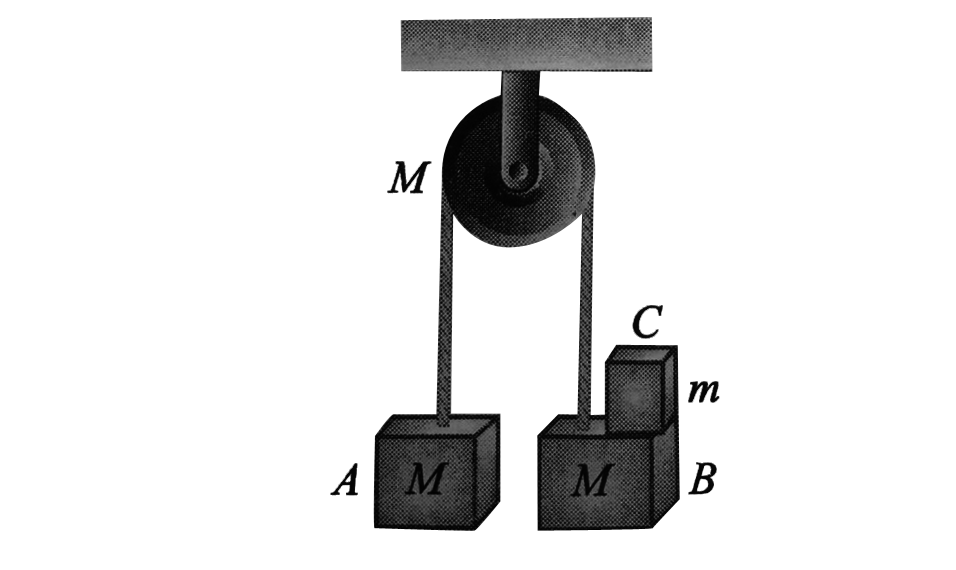
For the following system shown assume that pulley is frictionless, string is massless (m remains on M),
Q. The force on the ceiling is
(M+m)mg2M+m
(6M+5m)mgM+m
(M+m)mgM+m
(6M+5m)Mg2M+m
The correct Answer is:D
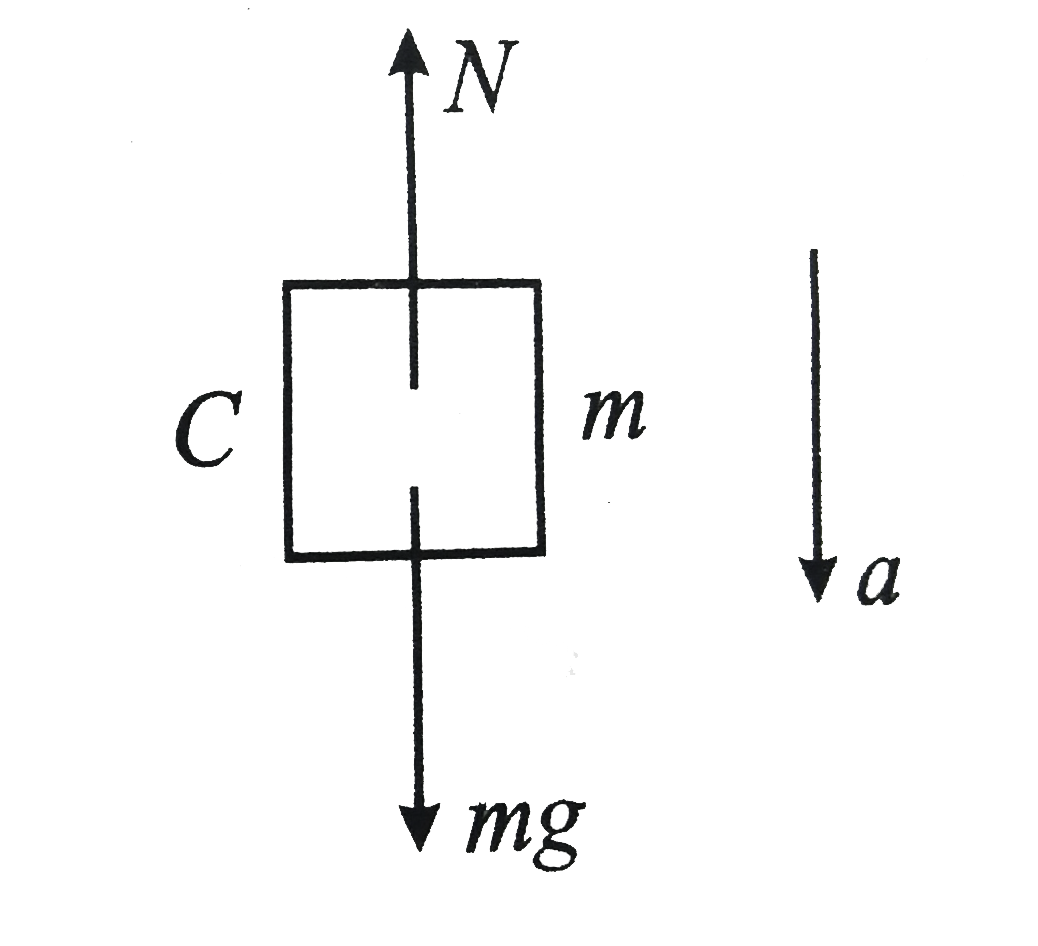
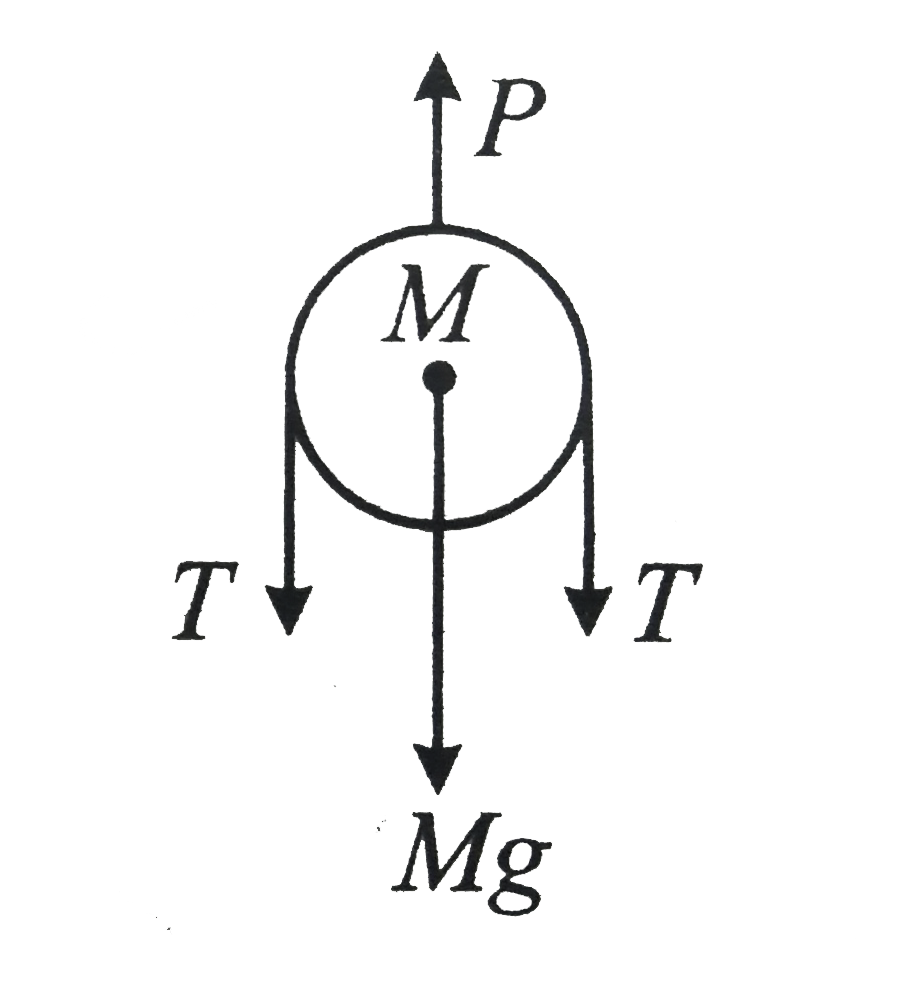
T−mg=Mmg2M+m for A block
T=Mg+Mmg2M+m
For pulley
P=2T+Mg
=2Mg+2Mmg2M+m+Mg=6M+3m+2m2M+mMg<br>P=((6M+5m)/(2M+m))Mg
Topper's Solved these Questions
- BOOK - CENGAGE PHYSICSCHAPTER - CENGAGE PHYSICS DPPEXERCISE - Single Correct Answer type491videos
CENGAGE PHYSICS DPP
- BOOK - CENGAGE PHYSICSCHAPTER - CENGAGE PHYSICS DPPEXERCISE - Fill in the blanks type26videos
CENGAGE PHYSICS DPP
- BOOK - CENGAGE PHYSICSCHAPTER - CENGAGE PHYSICS DPPEXERCISE - subjective type51videos
CENGAGE PHYSICS DPP
- BOOK - CENGAGE PHYSICSCHAPTER - CAPACITOR AND CAPACITANCEEXERCISE - Integer5videos
CAPACITOR AND CAPACITANCE
- BOOK - CENGAGE PHYSICSCHAPTER - CENTRE OF MASS CONVERSATION OF MOMENTUM AND COLLISIONEXERCISE - Question Bank38videos
CENTRE OF MASS CONVERSATION OF MOMENTUM AND COLLISION
Similar Questions
In the system shown in the given figure, the inline is frictionless, the string is massless, and inextensible pulley is light and frictionless. The system is released from rest.
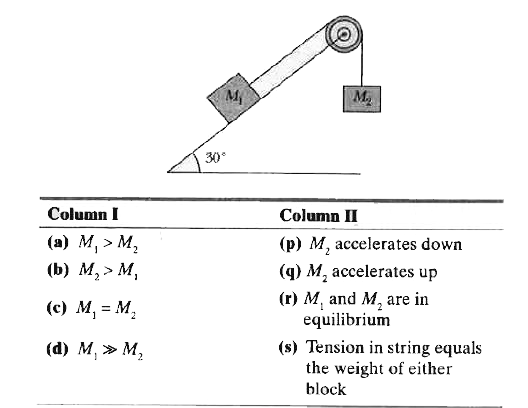 View Solution
View SolutionWhole system shown is at rest. Pulley and string are massless. Net force on the pulley by the string is?
View Solution
Knowledge Check
- Question 1 - Select One
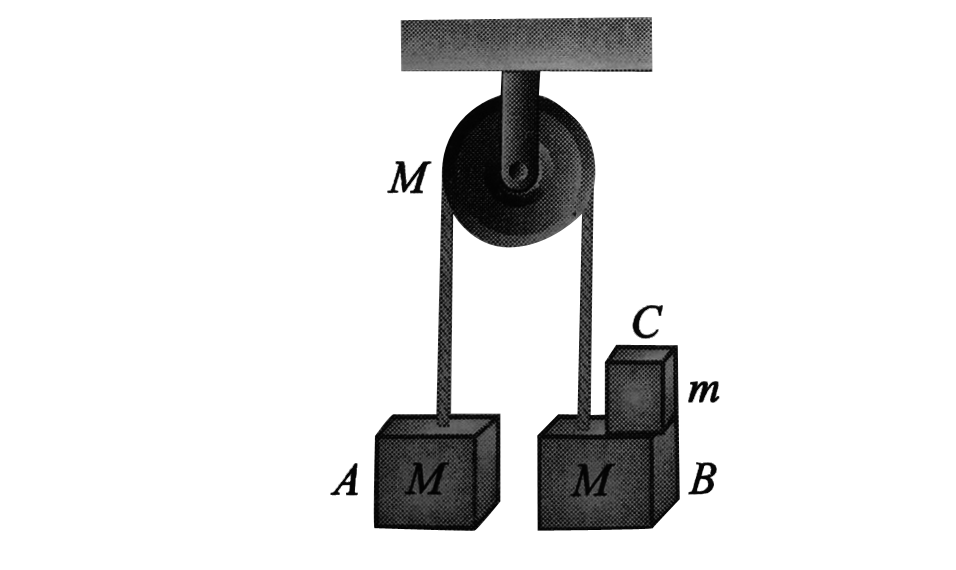
For the following system shown assume that pulley is frictionless, string is massless (m remains on M),
Q. The acceleration of the block A isAmg2M+mB2mg2M+mCmgM+2mDMgM+2m - Question 2 - Select One
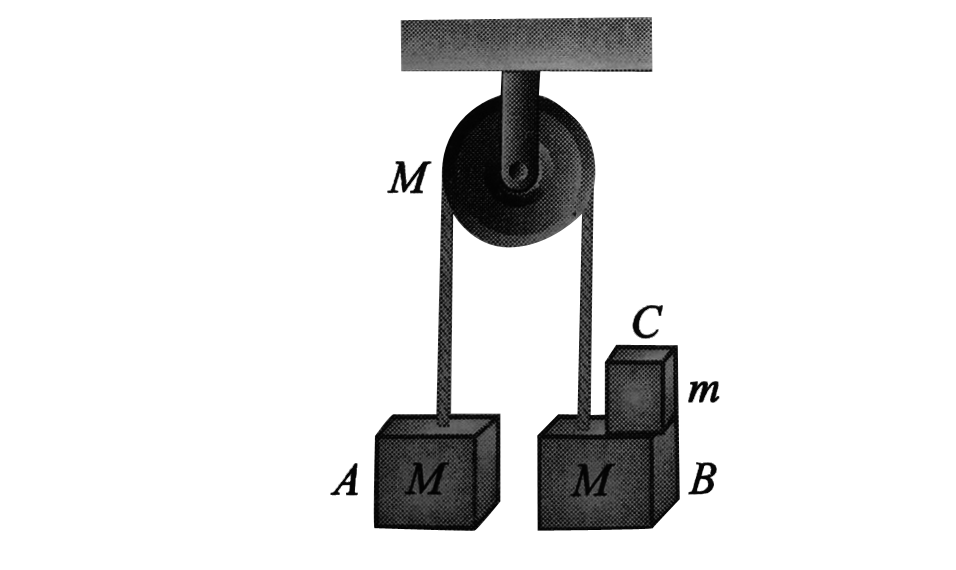
For the following system shown assume that pulley is frictionless, string is massless (m remains on M),
Q. Normal reaction on m is (force on C due to B)AMmg2M+mB2Mmg)2M+mCMmgM+2mD2MmgM+m - Question 3 - Select One
In the system shown in fig the pulley is frictionless and the string massless if m1=m2 thrust on the pulley will be:
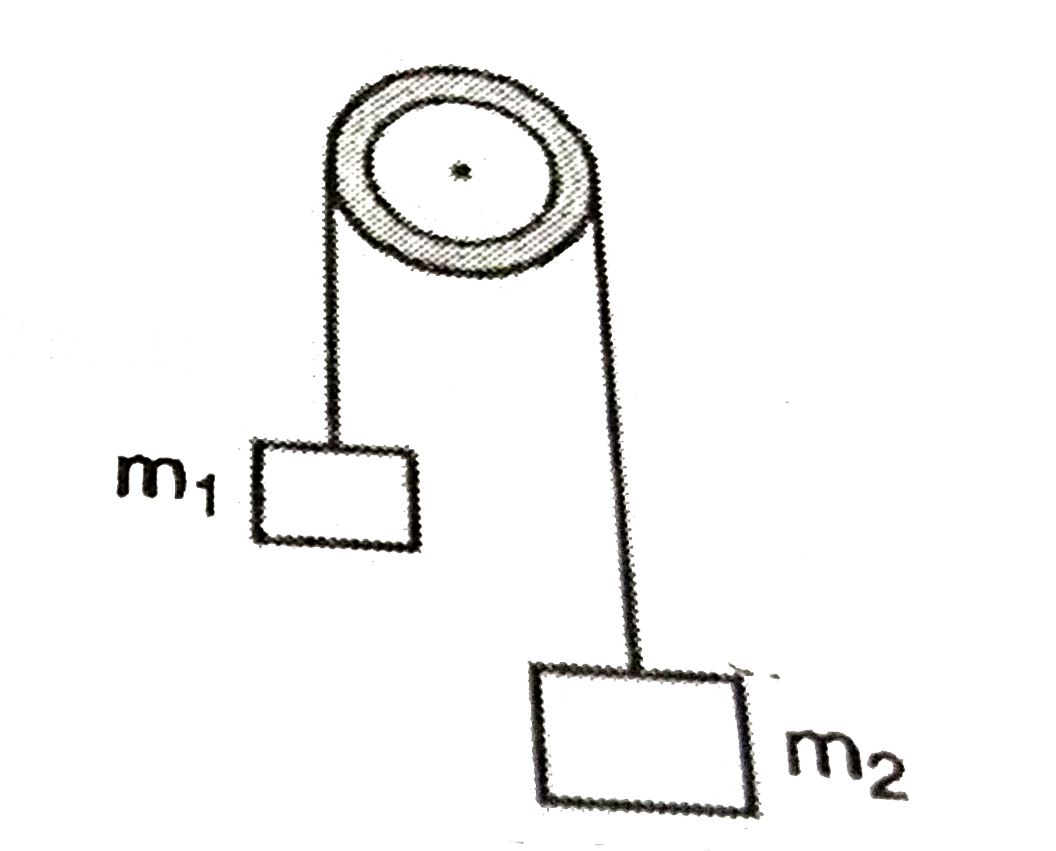 Aless than(m1+m2)gBgreater than(m1+m2)gCequal to (m1+m2)gDnone of the above
Aless than(m1+m2)gBgreater than(m1+m2)gCequal to (m1+m2)gDnone of the above
For the system shown in the figure,the pulleys are light and frictionless.The tension in the string will be
View SolutionIn the systems shown in figure (A), (B), (C) and (D), the scales of the springs are calibrated in newton

Assume that
Pulleys are massless and frictionless
Strings are massless
The surface in figure (D) is frictionless
Reading of the spring scale in figure (C) isView SolutionIn the systems shown in figure (A), (B), (C) and (D), the scales of the springs are calibrated in newton
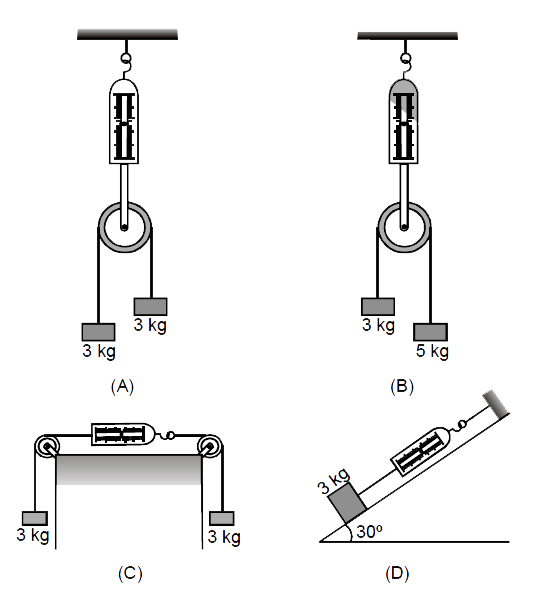
Assume that
Pulleys are massless and frictionless
Strings are massless
The surface in figure (D) is frictionless
Reading of the spring scale in figure (D) isView SolutionIn the systems shown in figure (A), (B), (C) and (D), the scales of the springs are calibrated in newton
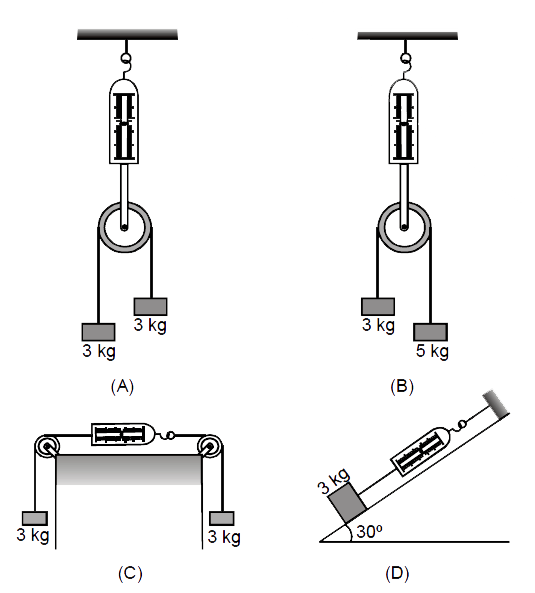
Assume that
Pulleys are massless and frictionless
Strings are massless
The surface in figure (D) is frictionless
Reading of the spring scale in figure (A) isView SolutionIn the systems shown in figure (A), (B), (C) and (D), the scales of the springs are calibrated in newton

Assume that
Pulleys are massless and frictionless
Strings are massless
The surface in figure (D) is frictionless
Reading of the spring scale in figure (B) isView Solution

